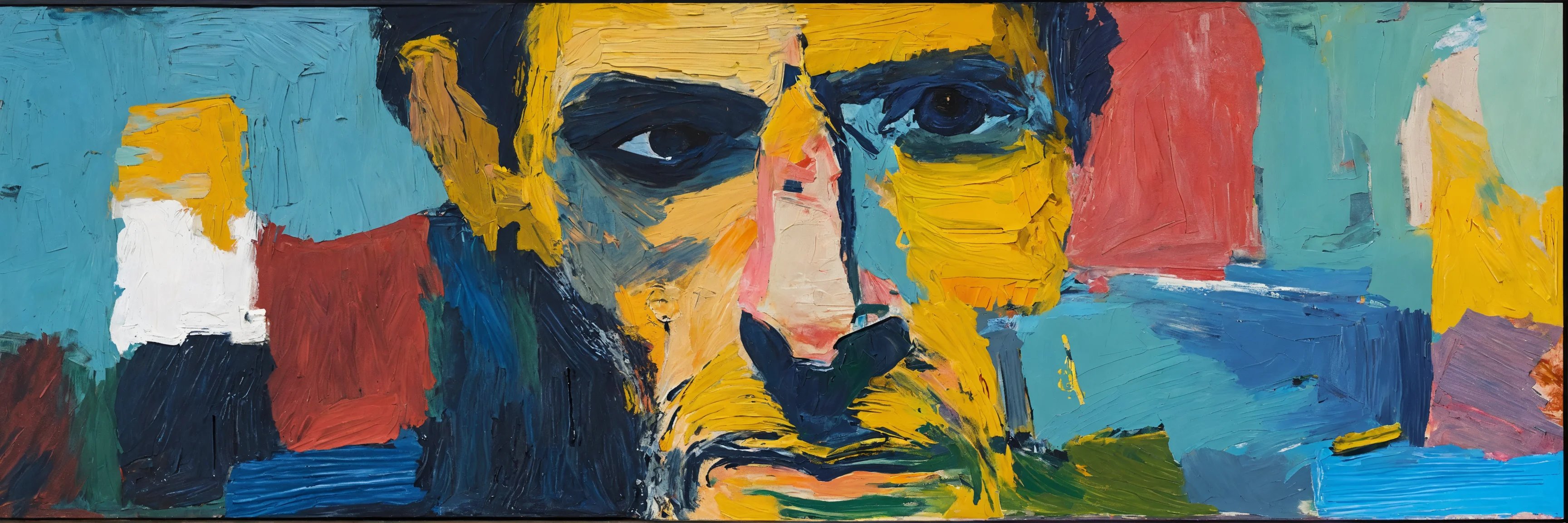Mastering the Art of Strategic Design Vision: A Guide for Aspiring Leaders
April, 2024
Introduction
With over 20 years in the design industry, I've witnessed firsthand how pivotal a strategic design vision is to successful product development. It's the blueprint that guides teams, aligns with business objectives, and ultimately defines the user experience. This article aims to unpack the layers of crafting and implementing a strategic design vision, sharing insights for those aspiring to master this crucial aspect of design leadership.
Understanding Strategic Design Vision
At the heart of a strategic design vision lies the ability to intertwine a company's core mission with its design ethos. It's far more than just visual appeal; it's about creating a narrative that speaks to the company's values and goals. This vision becomes the foundation upon which all design decisions are based. It requires an acute understanding of market trends and user needs, ensuring that every design element aligns with and supports the business objectives. A well-defined vision acts as a north star, guiding the design process and ensuring that every step taken is in harmony with the company’s broader aims.
Crafting Your Vision
Embarking on the journey of crafting a strategic design vision begins with a deep dive into the company's mission. What are the core values and objectives? How do these translate into tangible design goals? This process necessitates extensive market research, an understanding of user personas, and keeping a pulse on evolving technology trends. It’s about identifying the unique problems your users face and addressing them through thoughtful design. The vision must strike a balance between innovation and practicality, ensuring it’s both forward-thinking and grounded in reality.
Implementing the Vision
A vision without a plan is merely a dream. Implementing a strategic design vision requires meticulous planning, seamless team alignment, and unwavering focus. Agile methodologies prove invaluable here, offering the flexibility and iterative approach necessary in today’s fast-paced design landscape. Regular alignment meetings and design reviews become critical checkpoints to ensure that every team member is not only aware of the vision but is actively contributing to its realization. These sessions foster a shared understanding and collective ownership of the vision, driving the team towards unified goals.
Engaging Users in the Process
A user-centric approach is the lifeblood of effective design. Engaging with users throughout the design process ensures that their voices are heard and their needs are met. This engagement can take many forms, from user research and interviews to usability testing and feedback loops. These interactions are invaluable, providing real insights that can be used to refine and enhance the design. It's a process that builds trust and value among users, reinforcing that the designs are crafted with their needs at the forefront.
Collaboration Across Teams
In the realm of design, no team is an island. Effective execution of a strategic design vision hinges on collaboration across various departments. Integrating perspectives from product management, engineering, marketing, and beyond enriches the design process, bringing a multifaceted view that ensures all aspects of the product are cohesive and aligned. Regular cross-functional workshops and open communication channels are pivotal in fostering this collaborative environment. They bridge gaps, break down silos, and cultivate a unified approach towards achieving the design objectives.
Measuring Impact
The true measure of a strategic design vision lies in its impact. Metrics such as user engagement rates, customer satisfaction scores, and market response provide tangible evidence of the vision’s effectiveness. These metrics offer insights into how well the design resonates with users and contributes to the company’s success. They are a testament to the vision's alignment with user needs and business goals, serving as a gauge for continuous improvement.
Continuous Evolution
In a constantly evolving market, a static design vision risks obsolescence. Continuous evolution is essential. It involves staying abreast of market trends, emerging technologies, and shifting user behaviors. This adaptive approach ensures that the design vision remains relevant and effective, continually aligning with the changing landscape. It’s about fostering a culture of learning, experimentation, and flexibility, where the vision grows and morphs to meet the needs of the time.
Conclusion
Mastering a strategic design vision is a journey marked by continuous learning, user focus, and collaborative effort. It’s about crafting designs that resonate deeply with users and align seamlessly with business objectives. For design professionals, our role transcends mere aesthetics; we are the architects of user experiences, shaping how technology interfaces with and enhances lives. In sharing these insights, I hope to inspire and guide aspiring design leaders towards achieving mastery in strategic design vision, paving the way for products that not only look exceptional but also deliver unparalleled user experiences.

